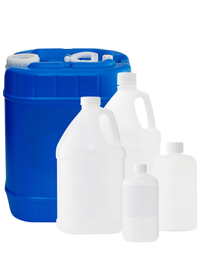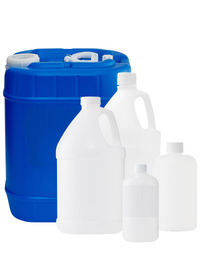Silver Salts
/collections/silver-salts/
Filters (0)
Become a Lab Alley Member and

RECEIVE exclusive offers, promotions, and discounts on chemicals.

Always have the product you need, when you need it with our AUTOSHIP program.






















